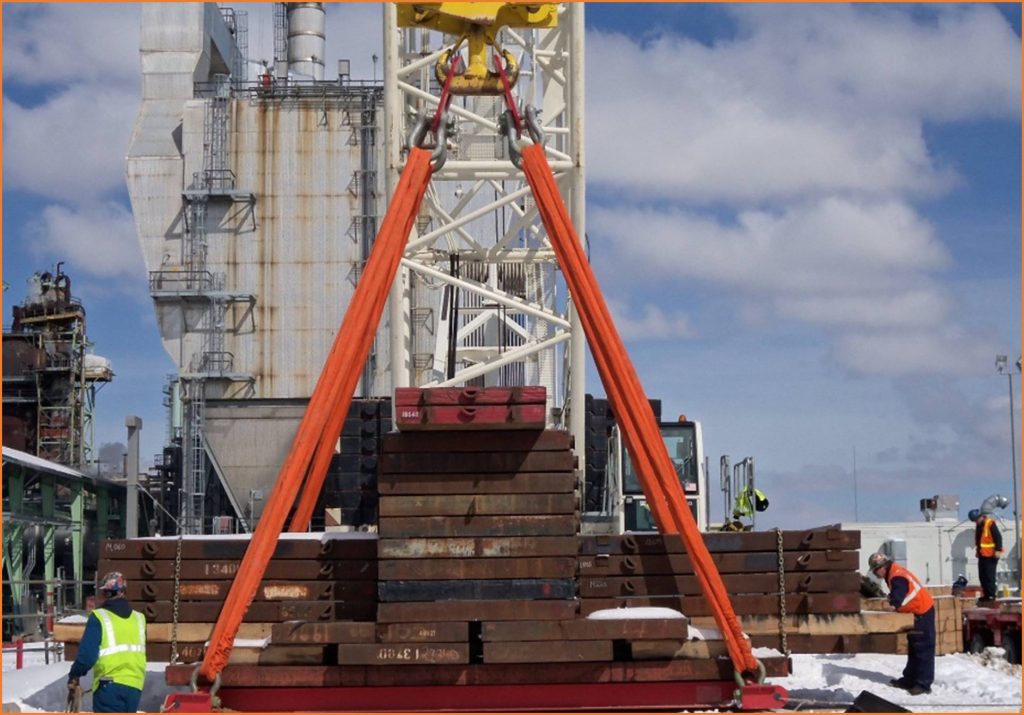LOAD TESTING HELPS ENSURE PROJECT SAFETY
Load testing of equipment is a critical operation and often a requirement under industry standards. It ensures safety of equipment, and most importantly, people.
When should you do it? By ASME standards, all lifting equipment that has been fabricated, altered, or repaired should be properly load tested and inspected. New equipment also has to be load tested. Sometimes a customer wants to test their equipment to comply with their own QA/QC standards or to increase confidence in its performance.
Regardless of the reason, Barnhart has the engineers, equipment and facilities to successfully perform the service. We have multiple options to test a wide variety of equipment including overhead cranes & hoists, lifting devices, lifting systems and beams and spreader bars. Below-the-hook testing is our most common service. Barnhart is also capable of load testing other equipment, such as jacking or hydraulic gantry systems.
Load tests should be conducted by a qualified person who can direct the test, confirm the load rating, and provide a written report. Equipment should be tested to 125% of its rated capacity to account for potential unexpected loading during normal operation, such as dynamic or side loading.
Barnhart regularly load tests all its newly fabricated equipment. We frequently perform load tests for customers as the entire scope of work, for example, a new piece of equipment that needs a first-time test or an old piece of rigging whose documentation has been lost. Nuclear power, refining and industries with large overhead cranes like steel and power typically use the service.
A load test certificate is provided upon successful completion of the load test and inspection of the equipment. Barnhart also has several weld inspectors certified in Visual, MT, PT, and UT weld testing.
Visit our website to request a quote for our load testing services.

